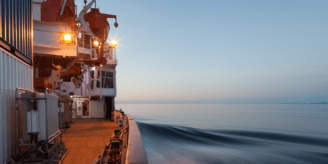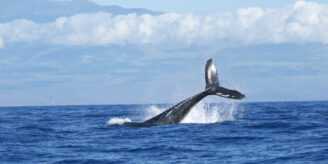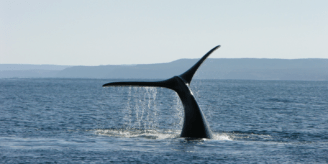Tools for acoustic biodiversity assessment and acoustic habitat quality
Given the current increase in habitat loss in marine environments, the need for an efficient measure with which communities can be monitored is becoming more and more urgent. Passive acoustic methods are a highly effective and non-invasive tool to monitor species presence of sound-producing species in underwater environments.
Our work explores how passive acoustic recordings and acoustic metrics can be used to rapidly extract information on aquatic acoustic diversity, species assemblage rules and community structure.
Further work evolves around the development of new measures for a hitherto virtually neglected marine ecosystem property: the acoustic quality of underwater habitats. Increased anthropogenic underwater noise is of rising concern, as this has been shown to affect many marine animals, ranging from large mammals to bottom dwelling invertebrates. The passive use of sound plays a major role as information source for many aquatic animals, whereas active sound is used for communication purposes in many species. The presence of background noise can therefore have significant adverse effects on communities, fitness and populations. Assessing underwater acoustic habitat quality will involve mapping of both natural and anthropogenic sound sources from a (virtually) acoustically pristine and affected area to examine how patterns in species composition differ in relation to noise budget.
Our team for Marine Acoustic Underwater Diversity (MAUD)
News and articles on the topic
57 Days on Board the Polarstern
Bio-acoustician Irene Roca is a postdoctoral researcher at HIFMB. In March and April 2022, she takes part in a research cruise of the FS Polarstern through the Southern Ocean. The expedition starts in Capetown, traverses the Weddell Sea and ends in Punta Arenas in Chile. Logo of the Polarstern expedition “PS129” The mission of the …
How Singing Whales Tell us Where They Come From
The humpback whale is probably the most iconic species among the baleen whales. Anyone who listens to Kate Bush knows their long and complex songs. These songs are produced by humpback whale males as a reproductive display, most likely transferring information about individual fitness both to surrounding females and males. Humpback whales accumulate during the winter …
Healthy Oceans Need Healthy Soundscapes
A global team of researchers has documented the pervasive impacts of noise on marine animals and ecosystems and identified actions to return to the soundtrack of the healthy ocean. Rain falls lightly on the ocean’s surface. Marine mammals chirp and squeal as they swim along. But the soundtrack of the healthy ocean no longer reflects the acoustic environment of today’s ocean, plagued with human-created noise.


